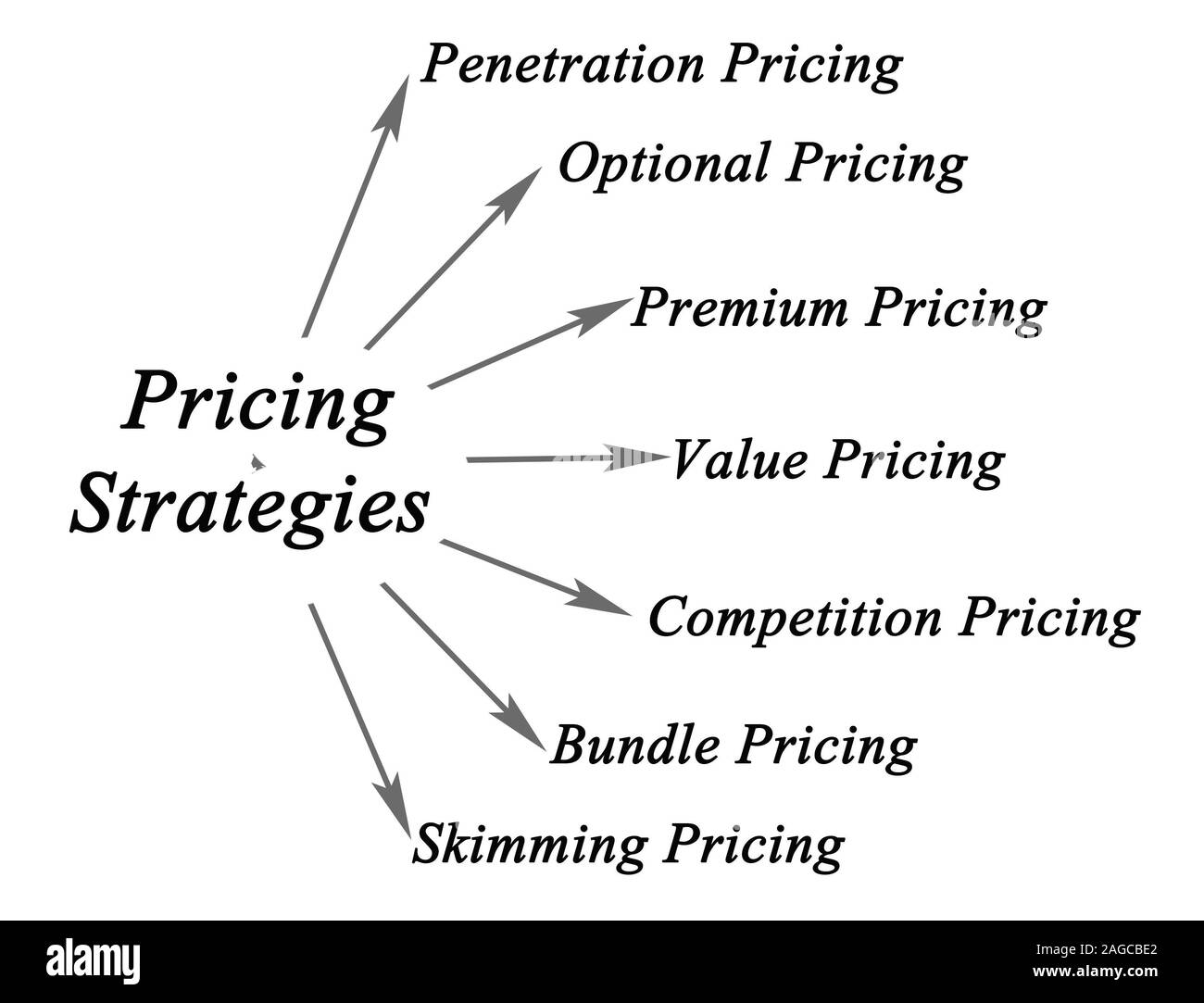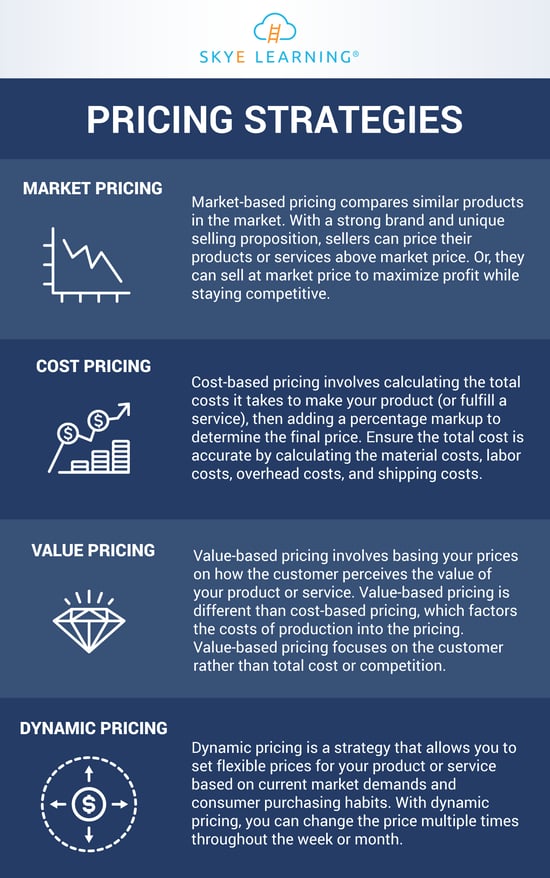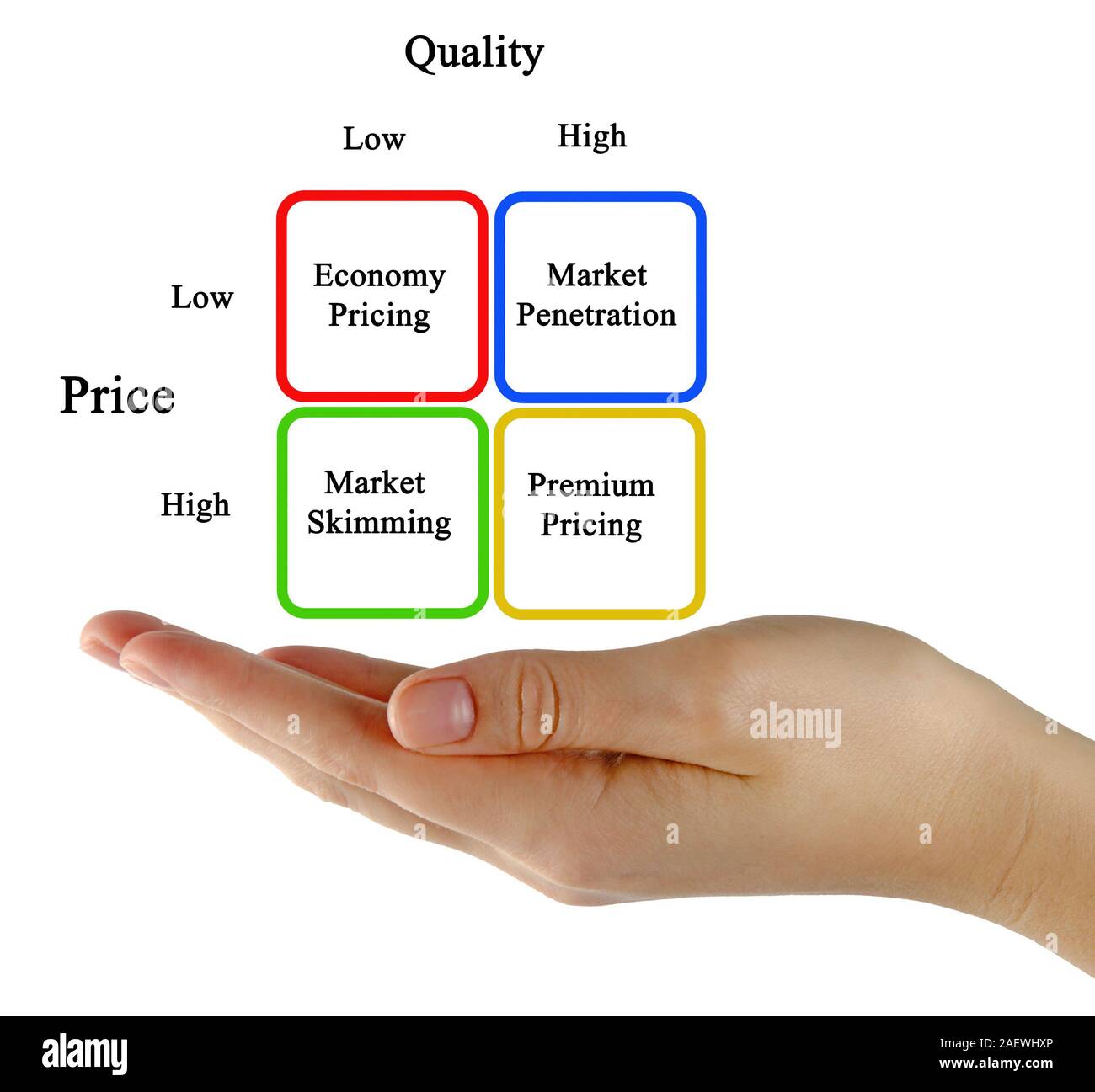Pricing strategies tailored for the female market often involve dynamic, data-driven approaches that consider product value, customer sensitivity, and market segmentation to optimize revenue and meet female consumers' specific preferences and behaviors.
Key insights from recent research and case studies include:
-
Dynamic and tiered discounting: For female fashion products, high-value items perform best with moderate discounts to maintain premium perception, while low-value items benefit from aggressive discounting to boost sales volume. This approach was validated by a data science study using advanced regression models, which showed that promotional pricing should be sensitive to original price and discount percentage changes to maximize profitability.
-
Demand-based pricing sensitivity: Women tend to emphasize demand-based pricing strategies more than men, considering client types and volume when setting prices, especially in online marketplaces. This suggests female consumers and entrepreneurs may respond better to pricing that reflects perceived demand and value rather than fixed cost-plus models.
-
Regional and demographic tailoring: In healthcare services targeting women, a regionally tailored pricing strategy that accounts for local value perception, willingness to pay, and competitive intensity can drive significant revenue growth (e.g., a 20% uplift in a women’s health network). This involves balancing centralized price governance with local market dynamics and value communication.
-
Psychological and market segmentation considerations: Pricing for female markets benefits from segmenting customers by needs and financial capacity (e.g., mothers with limited time and budget vs. more diverse groups) and experimenting with price ranges to find optimal points. Female entrepreneurs are encouraged to trust their market knowledge and intuition when setting prices, while being open to adjustments.
-
Addressing the "Pink Tax": Products marketed to women often carry higher prices than comparable male-targeted products, not due to production cost differences but branding and marketing strategies. Awareness of this disparity is crucial for ethical pricing and consumer trust.
-
Wholesale pricing in fashion: For brands targeting female consumers, combining cost-plus pricing with value-based pricing (reflecting what customers are willing to pay) helps balance profitability and brand prestige. Transparency in pricing can build trust with retailers and consumers alike.
In summary, effective pricing strategies for the female market combine data-driven dynamic pricing, demand sensitivity, regional and demographic customization, psychological pricing insights, and ethical considerations around gender-based price disparities. These approaches help businesses optimize revenue while respecting female consumers' unique preferences and market behaviors.





